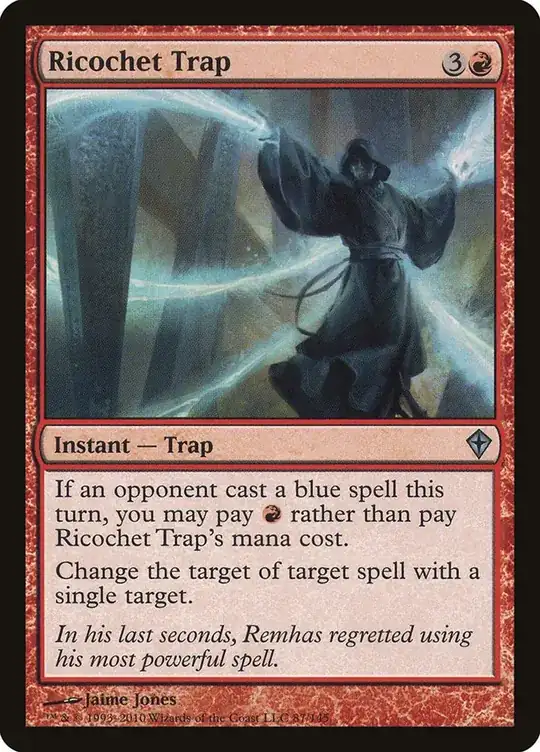Yep, it's been a while but I'm asking another Class question! (Recommended reading: Dancer's Role in Fantasy Society (RPG Classes))
Being a Dancer in Alendyias is rough; as a Support Class, Dancers are fast and agile (allowing them to escape and evade attackers) but lack any real offensive or defensive power. They are also frequently targeted by hungry monsters, and so they depend on the people they Buff for protection. But one thing caps it all: becoming a Mythos Maiden or Man (95% of Dancers are female, 5% male).
Any sentient mythical creature can, upon getting a pledge of fealty from a Dancer, binds her as a thrall, turning her into a Mythos Maiden. The binding happens automatically upon a pledge being given, followed immediately by the transformation. The new Mythos Maiden has powers relating to their new master, and must obey any command given by the creature.
This transformation occurs because
- A) dance is an expression of culture and/or self,
- B) because Dancers are connected to magic, and
- C) because when a Dancer performs, she represents her client (or clients, as the case may be). The pledge of fealty is the magical equivalent of signing a contract to work for and represent the mythical creature, which only her new "employer" can dissolve.
The creatures that can create a Mythos Maiden are:
Dwarves
Merfolk
Serpiens-Lamia & Gorgons
Elves
Orcs
Goblins
Trolls/ogres
Fairies
Dryads (and other Nymphs, such as Naiads)
Taurians (minotaurs, centaurs)
Felians (Sphinxes, Manticores)
Dragons
Vampires
My question is, How Can Dancers Keep Themselves From Becoming Mythos Maidens?
I know more information will be needed, so here it is, in convenient points:
- Who, Where, and When-The people effected are holders of the Dancer Class, as for where and when, it depends but I'll give some examples:
A. While traveling with her performing troupe, the Dancer (and her fellow travelers) may encounter a bridge troll, thieving Elf, "guardian" Sphinx, or a roving band of Goblins and/or Orcs (they are very martial creatures and tend to banditry). In fact, while traveling, a Dancer may encounter just about any MC on the list and have to somehow escape an enslavement attempt.
B. A dragon shows up at a town the Dancer is in and demands the traditional maiden sacrifice (typical dragon stuff; too bad the Dancer just happened to be there, right?....).
C. A Dancer tries to buy some exquisite jewelry, only to find out it was made by Dwarves (or Elves) and she'd have to buy it with labor, not money or treasure, because magical creatures can be every bit as jerky as people. This is, quite obviously, a trap.
D. A Dancer is hired to perform at some important event (a ball, perhaps?) and upon arrival, finds her employer is a vampire (or that a vampire or two is in attendance). Yet another trap, yes?
A Dancer is not enslaved by agreeing to do just anything for a mythical creature; a pledge of fealty is an oath of loyalty, an agreement to follow an individual (at least, as far as I understand it). It's a kind of contract, in other words, and nothing else will trigger the transformation into a Mythos Maiden.
The setting is the 'medieval fantasy' so common to RPGs; yes it's vague, but it's also understandable in that almost everyone (as far as I know) either knows what it is or can easily find out.
Dancers usually travel one of four ways: in a caravan, in a traveling troupe (which may or may not be in a caravan at times), with a minstrel (or another Dancer), or with a party of adventurers. The trouble is, Dancers are usually traveling performers, and travelers are 60-99% more likely to encounter mythical creatures (or more specifically, monsters).
Dancers may be able to bewitch sentient creatures; for more on that, please look at Men Protecting Themselves From Bewitchment.
Most members of every "mythical" species knows about Mythos Maidens, and it's safe to assume they either want to enslave Dancers (by turning them into Mythos Maidens) or eat them (with elves, dwarves, merpeople, fairies, and nymphs being logical exceptions to the latter). Not every member of every species wants to enslave Dancers, but in every such culture there will be those who
A) are immoral and/or
B) think of humans as lesser beings and have no qualms about enslaving them.
- Exterminating the magical creatures is a no-go;
A) the human governments don't want to end up in a war against multiple other nations-too much risk, too much work, and too much likelihood of nasty casualties and
B) all the magical creatures have magic, and the ones who are behind this nasty business live in relatively remote locations and know how to hide and hide well, making extermination unfeasible anyway.
My answer criteria:
I'm looking for the following in an answer: protection methods, prevention and avoidance methods, and escape methods. That's only three things you need to put in. An ideal answer will cover the information above and cover each group of MCs (Mythical Creatures) individually and in numerical order.
As always, I appreciate your input and feedback; if there are problems with the question, please let me know so I can improve it. Please DO NOT downvote this question without an explanation. Thank you for your help and advice!
EDIT: Thank you all for your helpful answers; they were all useful, but in the end, I chose the answer by The Square-Cube Law.
